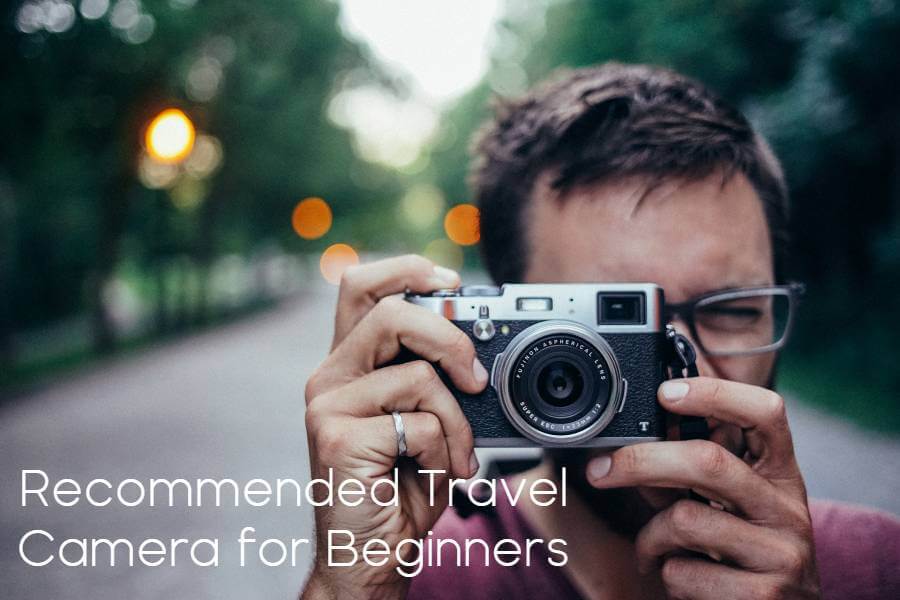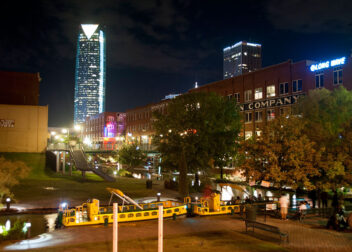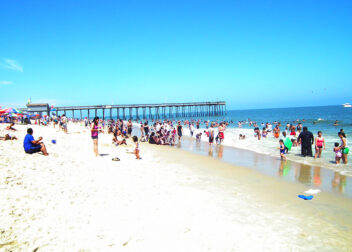Recommended Travel Camera for Beginners
When you come across a stunning landscape photo on the internet or from your friends’ holiday, what do you think the photographers’ travel camera was? Most people believe that a stunning photo is a result of having the latest and expensive travel camera. In most cases, it can be true, but truth to be told, it all about the photo and not the camera used to take the photo.
Unfortunately, when you go googling or go shopping for cameras, you find yourself overwhelmed with a lot of photography terms and acronyms that you have absolutely no idea about. Ever heard of megapixels, CMOS, focal length, aperture mode, image processors or mirrorless? Say what? And when the nerdy-looking camera sales guy in a nice white shirt with black tie lays out a lot of different cameras in front you, explaining how each unit or brand is different from the next one, pushing you to buy a high-end pricey one that you don’t even know if that’s the one you need, you just want to take a step back, get out of the store and get yourself a caramel macchiato from the nearest cafe instead.
In reality, before you even narrow down to a couple of camera choices, you have to ask yourself some questions and evaluate what do you really need? Which gear is good for your photography skill level? What kind of budget are you working with? What is important here is you get the right camera, fit for your photography skills and within your budget.
Let’s get down to it together and I hope by the end of this article you can decide what you need. Get yourself settled in comfortably before you decide to sit this one out. Ready? Here are some key pointers that can help you with your camera shopping and narrowing your choices on which one to buy.
How serious are you?
The very first thing to ask yourself is how serious are you about travel photography? Do you want to just take casual photos of your holidays? Do you feel that taking photos should be fuss-free and just click away whenever you feel like it’s a good shot? Or do you want razor-sharp images for sharing and uploading to the internet and someday could be featured in a travel magazine?
If you are dead serious with travel photography then you need to invest in a good camera. I used the word “invest” because, in the long run, the return of investment is that you will get better with your travel photography, you will become the official family photographer on special occasions, and above all your photography skills will move up a notch. Buying a DSLR camera plus a lens with a higher focal length plus accessories and bag could easily cost you around $1000.00. But if that is way above your budget, you can go for a compact point-and-shoot camera that is priced around $200 saving you some cash plus you can fit it in your pocket.
Evaluate your travel style
What’s your travel style? Are you a solo backpacker who prefers to lug your own backpack and never check-in baggage at the airport? Do you prefer adventure travel? Do you love scenic landscapes and sunsets (or sunrise)? Do you love long bus rides through the night to less-known destinations in South America or Southeast Asia? Do you always include snorkeling activities in your itinerary?
For most backpackers, weight and size play a very important factor. It would totally destroy your backpacking experience if you lug a full-size DSLR and a number of the lens when hiking in the terrains of the southern Philippines. For such a trip, a compact point-and-shoot camera would be a great travel buddy. But if you want to bring home awesome landscape photos and do some street photography, a mirrorless camera would be a great replacement for the bulky and heavy full-size DSLR. Lightweight and still you have your interchangeable lens for different kinds of shots.
Features to factor in
What are the important features that you would want in your new camera? Does optical zoom, compact and lightweight, and with built-in wifi matter to you? What about its versatility? Versatility would play an important factor because if for example, you want to shoot some landscape shots, people shots, street photography, or do some sports photography, you do not want to be lugging around different kinds of cameras. Imagine the back pain that you will be getting when you get home after a whole day of a walking tour around the streets of Paris. In this case, most people would want a DSLR or a mirrorless camera with an interchangeable lens. I have a Canon 700D and just bring one 24-70mm f4 lens that I travel around with me.
Having said that, why did I go for a 24-70mm lens? Why not the lenses with a longer zoom like 24-300mm? Because extreme zoom does not really mean sharp photos. For 24-300mm the slow shutter speed at such lengths can affect your photos and can lead to poor image quality.
Types of cameras

You wouldn’t believe how many types of cameras are there now out in the market. But to make it less confusing and before you throw in the towel and move to the next article, let’s categorize them so you can make a better decision, shall we?
Compact Point & Shoot Camera
These cameras are for those who love fuss-free picture-taking sessions and just want to snap away. You still get quality photos even with their high optical zooms reaching up to 18x. Most of the newer models out in the market already have built-in wifi connectivity making the process of uploading to your phone and to your social media accounts a breeze. One feature to love about point and shoot cameras is its pocketability.
Canon Powershot SX610 HS
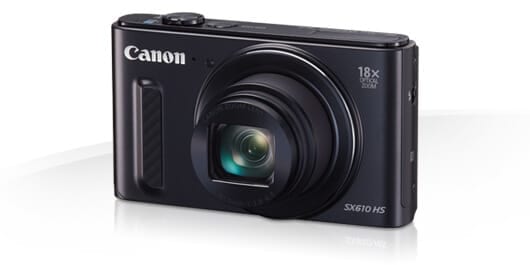
Now, beautifully framed shots using the powerful it’s 18x Optical Zoom are as easy as pressing the Auto Zoom button. With Auto Zoom, the camera automatically determines the correct size and framing by detecting the number of subjects. The system also detects faces that are too small, then zooms in to the proper length. Easy to use even for someone else who you ask to take your photo, usually the case for solo travelers.
Nikon Coolpix S7000

One of the good reviews I’ve read about this compact baby is its stability even on 20x optical zoom. And with its 18 Scene Modes, including Beach, Snow, Night Portrait, Sunset and more, it’s easy to match the moment to a Scene Mode. You can even get creative and use Scene Modes to alter ordinary shots. Or, select Easy Auto Mode and let the camera choose the best model for your situation.
Panasonic DMC-SZ10K LUMIX

This is a compact entry-level camera that is affordable, easy to operate and still gives fairly good image quality. Perfect for your teens and family members who are suffering from technophobic. One outstanding feature is it has a tilting screen, perfect for selfies. Its built-in wifi lets you transfer your selfies to your smartphone seamlessly.
Action Camera
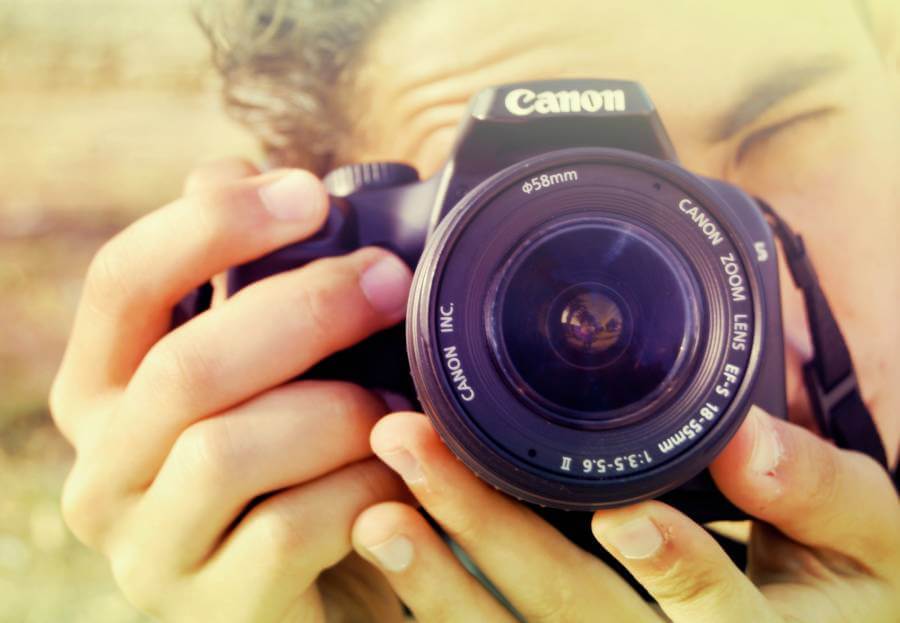
Action cameras are the new breed of cameras. They are designed to be tough, shockproof, and waterproof when you buy it with the waterproof casing. They come with a lot of mounting accessories, sold separately, so you can attach them to your helmets when biking or hang gliding, surfboards, car dashboards, on your life vest when you are out kayaking or rafting, and even on your dogs. GoPro Hero is the market leader in this league but a lot of other brands have come up with their own version.
I have been an avid user of GoPro Hero for some years now and personally recommend it if you are looking for an action camera to suit your adrenaline-packed activities. It may not be the best for taking snapshots due to its wide-angle fisheye lens but it captures awesome professional-quality video at 1080p and at 30 frames per second. It is compact, tough, easy to use, has a long battery life and has built-in wifi.
DSLR Camera
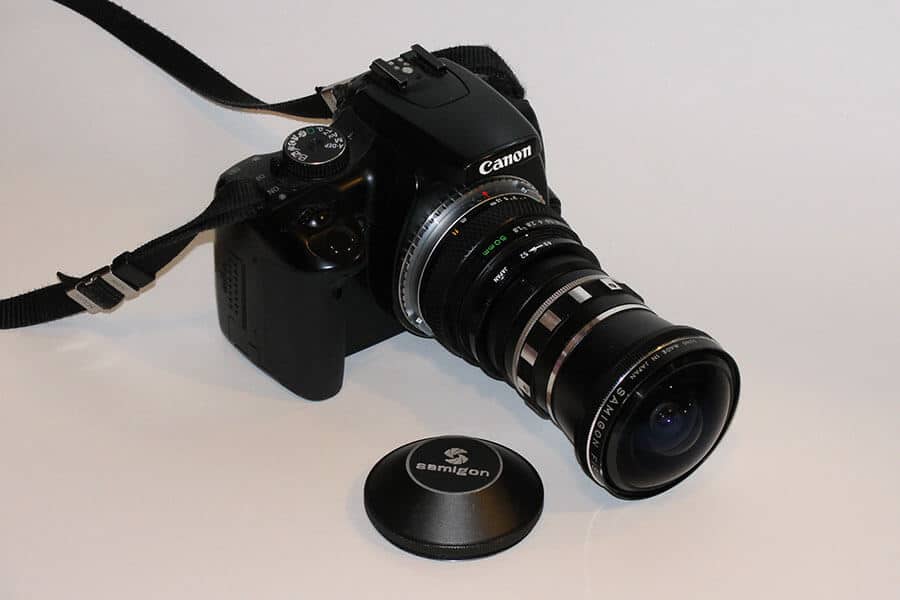
DSLR stands for the digital single-lens reflex camera. Simply put it is a digital camera that combines optics and the mechanisms of a single-lens reflex camera with a digital imaging sensor. This reflex design scheme is what separates the DSLR from other kinds of cameras.
The resolution in DSLR is measured in pixels. A megapixel means 1 million pixels in one image. Most DSLR nowadays have a megapixel of 18 or higher. A higher megapixel though does not equate to better images. You might ask yourself, how much megapixels do I need? It all depends on what you plan to do with your images later on. If you plan to print your image on a 14inch by 11inch photo paper, you will need about 7 megapixels. Your computer screen is usually about 1024 or 1 megapixel so your images shot on an 18-megapixel camera might come across as very sharp. If you do plan to do a lot of cropping and editing with your photos, then it justifies the need for a higher megapixel.
Canon EOS 6D
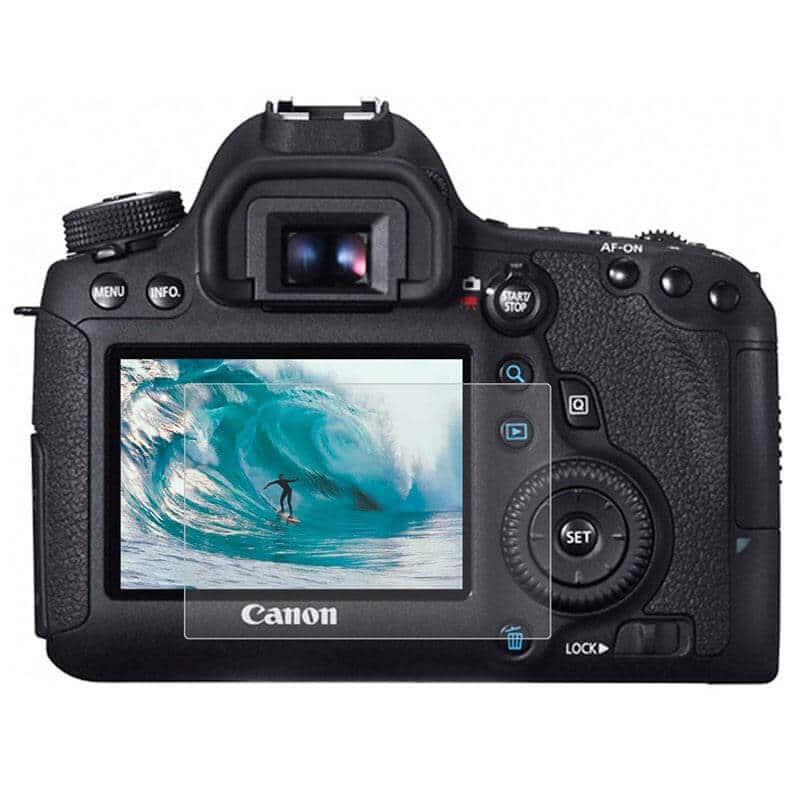
Not really suggested for beginners, but if you do plan to work on your skill further in landscape and nature photography, this is the camera for you. It combines very good image quality, impressive high-ISO performance, and class-leading low-light autofocus ability (with the central AF point) as well as impressive built-in Wi-Fi and GPS features.
Canon EOS 750D
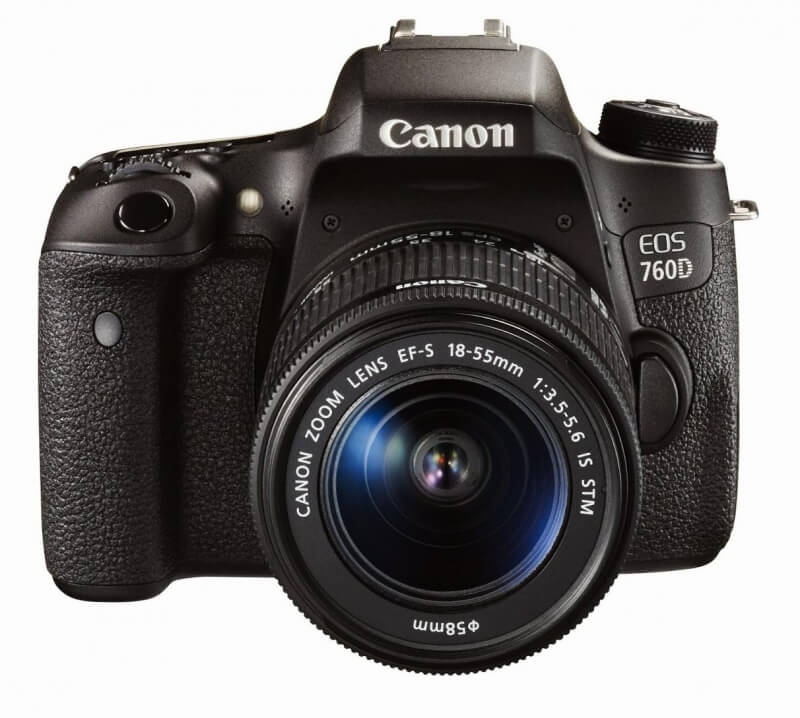
The best entry-level DSLR camera for beginners if I may say so. I started out learning photography with its older model the 700D. 750D is lightweight and far more affordable compared to the full-frame DSLR like Canon 6D. This baby delivers stunning image quality and low noise levels at high ISO settings. Another impressive feature is the expansion setting of ISO 25,600 for very low light conditions.
Mirrorless Camera
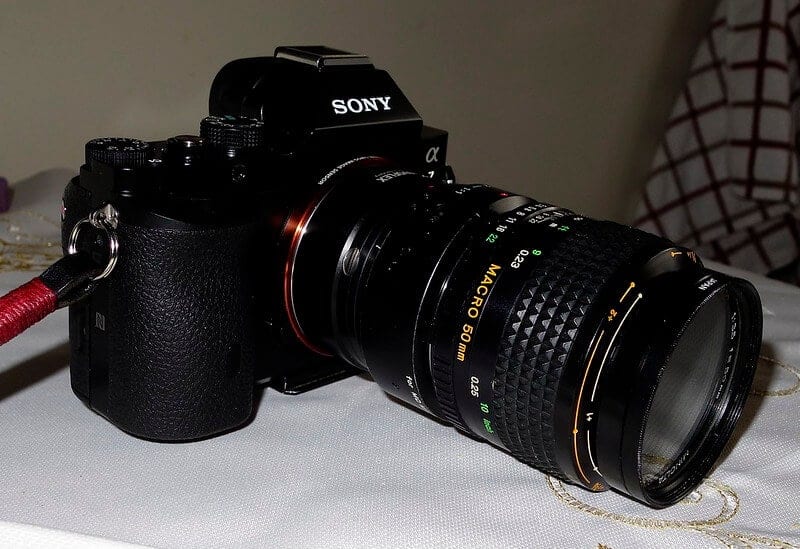
Mirrorless Interchangeable Lens Cameras (MILC) or popularly called mirrorless cameras are interchangeable lens cameras that don’t have the mirror and optical viewfinder that define a DSLR thus they are called mirrorless. Mirrorless cameras use their own main imaging sensor for focus. In the absence of the mirror and the optical viewfinder, they are built more compact and lightweight.
If you prefer to travel light and but still want the option of a full camera with an interchangeable lens for taking a variety of shots, buying a mirrorless camera is the way to go.
Sony Alpha A6300
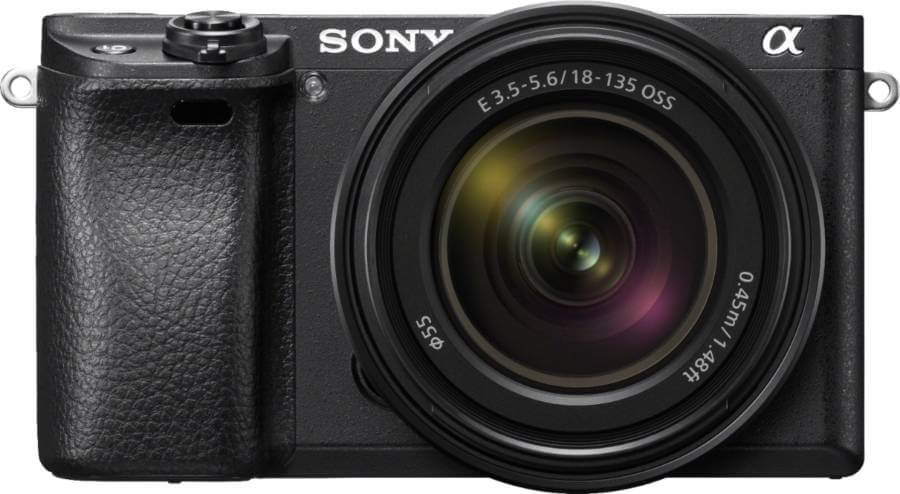
This camera is Sony’s latest model for its midrange mirrorless camera class. It has a reputation for having the world’s fastest autofocus speed at .05 seconds. It has the most focus points in its class. Photographers, even beginners will surely appreciate its fast focus times, good subject and eye-tracking movement. The camera has a well-built body, magnesium alloy body, and its buttons and dials are protected from dust and moisture. Really perfect for travel photography.
Fuji X-T1

If you are enthusiastic about taking your travel photography further, then this camera is for you. This camera has received many favorable reviews from professional photographers as having one of the best electronic viewfinders ever made and excellent image quality. One problem? The video quality needs a lot of improvement.
Panasonic LUMIX DMC-GX8

This mirrorless camera has got all the high-end features except the price. If budget is your main concern on why you are not even browsing for mirrorless cameras, then this baby should change your mind. Like most low-end cameras, this gear does not have to seal against dust and moisture and does not have those input ports for videography. But photography-wise, it is capable of taking awesome shots. Which is what you need it to be.
Conclusion
Better travel photos do not necessarily mean it was taken with a high-end expensive camera. It all boils down to your photography skill and your camera. It does not really matter if you are using an iPhone, a point-and-shoot camera or a high-end full-frame DSLR. What’s important is that you continue to improve your skill and get to really know your camera and all its features. You are totally wasting a $5000.00 camera if all you plan is to take photos on AUTO mode. There is no exact formula on which the right camera is for you. Awesome, NatGeo-worthy travel photos are a combination of investing time and effort to learn some photography skills.

